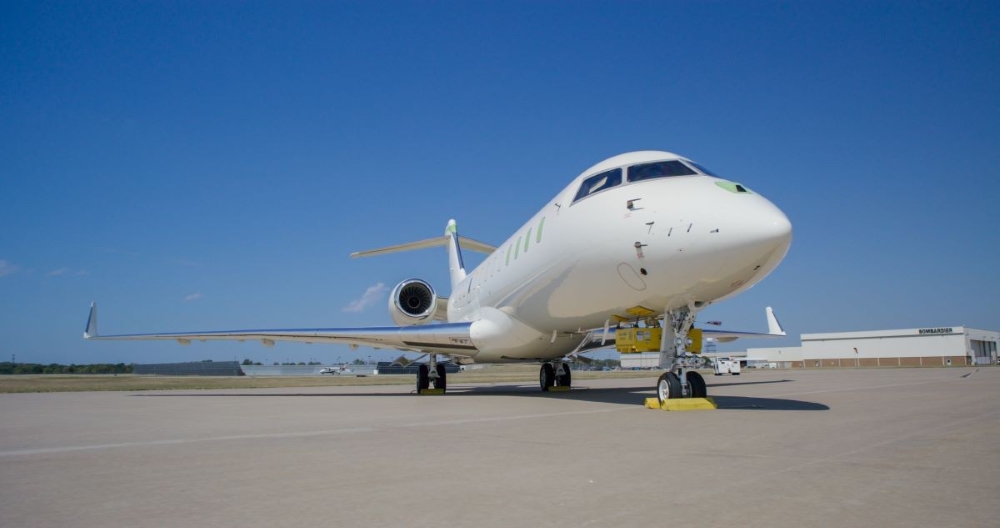
On Monday 25 November, with a ceremony in Wichita, Texas, Bombardier Defense delivered its first Global 6500 business jet to the US Army, ahead of its fitting out as a Deep Sensing platform that is intended to serve as the “eyes” in service of the growing capability of Land Forces to strike in depth.
HADES, for High Accuracy Detection and Exploitation System, is an ambitious project that dramatically improves range and endurance and sensor reach over the existing Army’s fixed wing aircraft for ISR, the RC-12 Guardrail. The Global 6500 has an endurance of up to 18 hours and it is designed for high reliability and availability, expected to fly up to 750 hours between maintenance intervals with a 99.8% dispatch reliability. The business jet is just the base machine, which will now go through an extensive modification phase to integrate the specialised sensors and communications. It will be late 2026 or early 2027 before the aircraft rolls out as a fully integrated HADES platform.
The HADES project builds on work done in the last several years through several pre-prototype systems, contractor-owned and operated in support of the Army’s needs. These systems include include the Airborne Reconnaissance Targeting Exploitation Mission Intelligence System (ARTEMIS), which employs a Bombardier Challenger 650 aircraft as its platform; the Airborne Reconnaissance and Electronic Warfare System (ARES) on the Global 6000 airframe and the Army Theater-Level High-Altitude Expeditionary Next Airborne Intelligence, Surveillance and Reconnaissance (ATHENA) platforms, R for radar and S for signals, on Global 6500 airframes.
HADES seeks to achieve maximum flexibility by using software-defined systems rather then super-specialized hardware to achieve effects. It represents a key platform for closing what the US Army identifies as its “number one” capability gap for large-scale combat operations: Deep Sensing.
With the USAF withdrawing the J-STARS platform without replacement, long range battlefield surveillance and target tracking capability had taken a big hit right at the time in which the army, thanks to longer range missiles (PrSM, TYPHON and DARK EAGLE) is dramatically expanding its Deep Fires reach.
HADES as a project is not yet in the clear, however, because although the role of Bombardier as airframe provider is firmed up, the pick of Sierra Nevada as System integration, announced in August, is currently subject to a protest that L3Harris filed in September. The wider programme is thus on hold until the protest is either accepted or rejected by the Government Audit Office, which should communicate its decision by the end of December.
The US Army is also not yet committing to a specific number or aircraft or the exact timeline for procurement. While current expectation is a rate of one aircraft per year from 2027 onwards, this could change depending on the continuing evolution of the scenario as well as of the technology.








.png)
